With luxury brands struggling to get customers back into their stores, their biggest competition now may not be other brands, but ironically, the very items they used to sell.
A quiet revolution is underway. The resale market for luxury goods is growing at a rate of 10% per year, three times faster than the new market, according to a recent report by Boston Consulting Group (BCG) and the Vestiaire Collective platform.
This market is expected to expand from the current $210 billion to $360 billion by 2030. Another report from Bain & Company also estimated that this market has reached $56 billion in 2024, nearly three times the size of 10 years ago.
Meanwhile, demand for new luxury goods has been flat for six straight quarters, and even the giant LVMH reported just 1% sales growth in the third quarter—a figure small enough to indicate struggle, but large enough to give the market a sigh of relief.
The rise of the secondhand market is creating a paradox: brands are having to compete with the billions of dollars worth of luxury goods already sitting in consumers' closets.
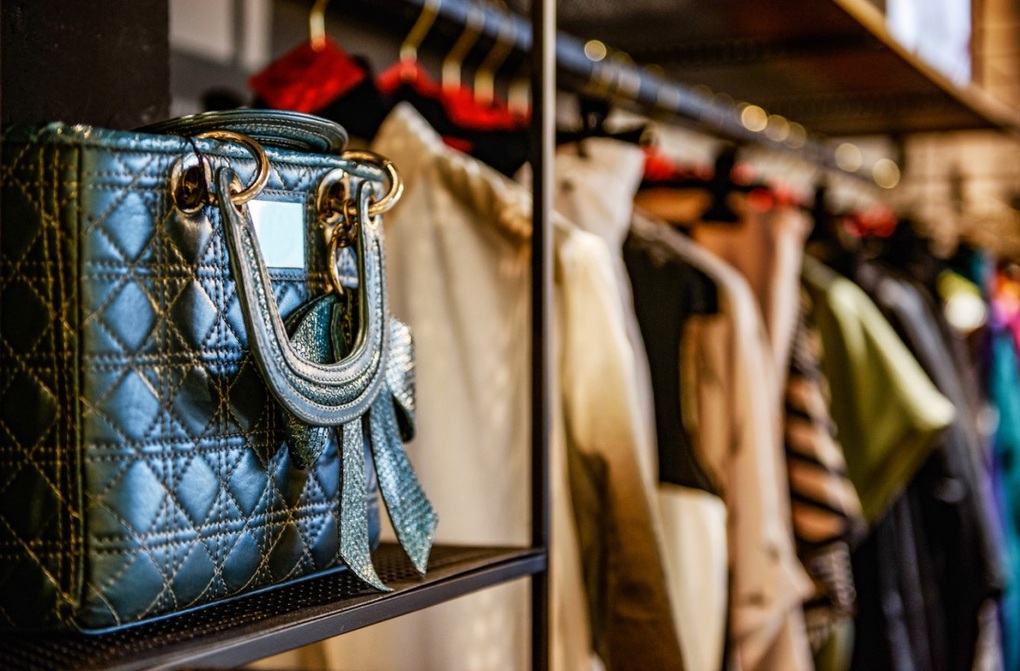
The size of the used luxury goods market is forecast to reach 360 billion USD by 2030 (Photo: LinkedIn).
When Gen Z "turns their back" on new products
Previously, the resale market was seen as an indirect channel of support. Consumers sold old items and used the money to upgrade to new ones. But this behavior has changed significantly in the past two years.
Experts point out that more and more people are using the money from selling used goods to buy other used goods, completely bypassing the new goods market.
The trend is most pronounced among younger consumers. Bain & Company data shows that Gen Z (1997-2012) spending on new luxury goods will fall 7% in 2024 compared to the previous year, while Gen Y (1981-1996) will also fall 2%.
But ironically, it’s Gen Z and Gen Y who are the fastest-growing customer groups for The RealReal, the world’s largest online luxury resale platform. Over the past 18 months, the platform has seen an average 10% increase in sales, and its stock has risen more than 200% in just one year.
Why is there this “turning away”? Ms. Claudia D'Arpizio, Bain's global head of fashion and luxury, explains: “Buyers still love these brands, but they are no longer willing to pay the current prices.”
After years of skyrocketing prices, sky-high new prices, combined with an uncertain economic outlook, have led consumers, especially younger ones, to spend more cautiously. BCG’s report also found that 80% of secondhand brand buyers opt for price.
But price isn’t everything. Young people are buying, experiencing, and quickly reselling, says Choi Jaewha, CEO of the South Korean platform Bunjang. “This growth reflects a fundamental shift in how young people view and interact with luxury goods,” he says.
Not only do they look for bargains, but they also hunt for rare or discontinued collectibles.
The New "Gold Standard": The Fight Against Counterfeiting
As the market expands, an inherent problem becomes more acute than ever: counterfeit goods.
The secondhand goods industry has long operated on the principle of "caveat emptor," meaning "buyer takes responsibility." But that principle is outdated.
"Counterfeiting techniques are becoming so sophisticated that even luxury brands sometimes fail to detect or even accidentally repair fakes," said Mr. Choi of Bunjang.
There is no shortage of nightmare stories online of buyers spending thousands of dollars on a “superfake” Hermès bag or Rolex watch, even using materials from the same leather supplier as the real brand.
When trust is threatened, resale platforms realize they have to change. Authentication has become the new “gold standard,” a vital factor in retaining customers.
Platforms are having to invest heavily in technology and people to gain trust.
In Singapore, marketplace Carousell has opened its first physical store in the city center, dedicated to luxury goods. Sellers bring their products for expert appraisal and inspection.
“We don’t just check the materials, we also look at every little detail like the stitching or the stamping,” said Ms. Tresor Tan, Chief Business Officer of Carousell Luxury. “Ultimately, our reputation is at stake.”
Carousell builds its own database and offers a money-back guarantee if the products are not authentic. It admits that its prices may not be the cheapest, but what it sells is “fair value” and peace of mind.
“We may be $200 more expensive than others, but customers will ask themselves: Should I pay $200 more for peace of mind?” Ms. Tan said.
In South Korea, Bunjang has gone further, developing an authentication system that combines manual inspection with scientific equipment and artificial intelligence (AI). This AI system is "trained" on hundreds of thousands of data sets, achieving 99.9% accuracy and constantly "learning" new counterfeiting tricks.
Investing in trust has paid off. Luxury goods now account for more than 25% of Bunjang’s $1.1 billion annual transaction value, with sales up 30% in the first half of 2025. Carousell has also recorded “strong growth.”
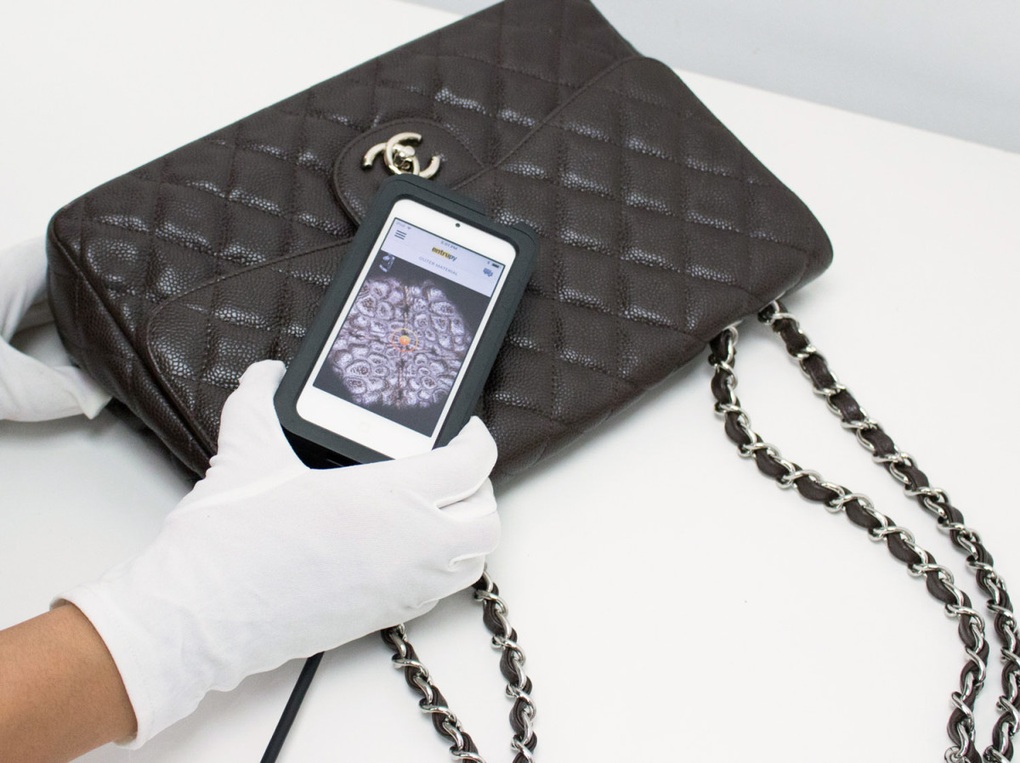
In a context of increasingly sophisticated counterfeiting, trust and product authentication have become the new "gold standard" of the luxury goods industry (Photo: Entrupy).
When old goods become a "gold mine" of data
Despite the lucrative resale market, luxury giants have been reluctant to get involved directly. The reasons include logistical complications and brand image. It’s awkward to have a seller of a used bag lining up next to a buyer of a new one, and no brand wants to tell a customer “your item is now worth a fraction of what it’s worth.”
But not participating doesn't mean they're ignoring it. The market has now become a data "gold mine."
Rather than seeing it as just competition, brands are starting to closely monitor the secondhand market to see which of their products are experiencing a sudden resurgence. The algorithms of luxury resale platforms (based on sales speed, search volume) have become the most honest and fast indicators of fashion trends.
A prime example is the Chloé Paddington bag. Once out of favor, this bag suddenly became "hot" again on the secondhand market. Its average price on The RealReal skyrocketed from $217 in 2024 to $724 today. Seizing the signal, the Chloé brand quickly reissued this bag on the official market.
Louis Vuitton and Balenciaga are also in on the act, relaunching classic bag designs this year, in part due to seeing a surge in demand from the secondhand market.
The secondhand market has also created a double-edged sword called “price transparency.” Consumers now compare prices of used goods before buying new, to see how much they are likely to hold their value.
This is good news for brands like Louis Vuitton and Bottega Veneta, whose bags can still resell for 89% of their original price (if in good condition). But it’s bad news for brands that depreciate quickly, making them less attractive to buyers who are always looking for resale value.
The pre-owned luxury market is no longer a niche but has evolved into a sophisticated, parallel industry, underpinned by authentication technology and led by a new generation of consumers.
It’s both a direct competitor and an invaluable source of trend data for brands. The biggest challenge for luxury giants now is not just creating new products, but also convincing customers to pay full price for them, rather than opting for the proven “bargains” that are just a few clicks away.
Source: https://dantri.com.vn/kinh-doanh/mo-vang-tram-ty-usd-ke-thu-moi-khien-gioi-kinh-doanh-hang-xa-xi-mat-ngu-20251025152425867.htm





![[Photo] Prime Minister Pham Minh Chinh attends the opening of the 47th ASEAN Summit](https://vphoto.vietnam.vn/thumb/1200x675/vietnam/resource/IMAGE/2025/10/26/1761452925332_c2a-jpg.webp)
![[Photo] General Secretary To Lam received the delegation attending the international conference on Vietnam studies](https://vphoto.vietnam.vn/thumb/1200x675/vietnam/resource/IMAGE/2025/10/26/1761456527874_a1-bnd-5260-7947-jpg.webp)
![[Photo] Enjoy the Liuyang Fireworks Festival in Hunan, China](https://vphoto.vietnam.vn/thumb/1200x675/vietnam/resource/IMAGE/2025/10/26/1761463428882_ndo_br_02-1-my-1-jpg.webp)
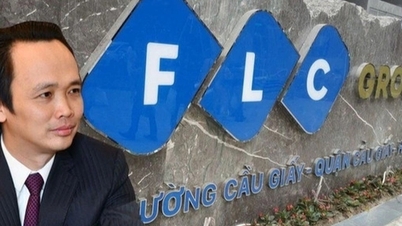
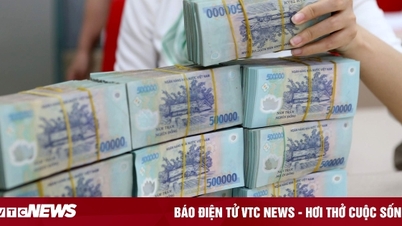


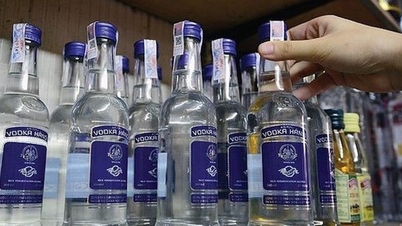

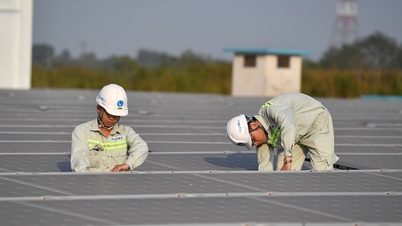







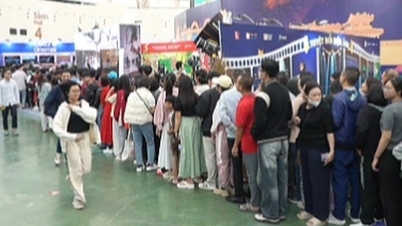

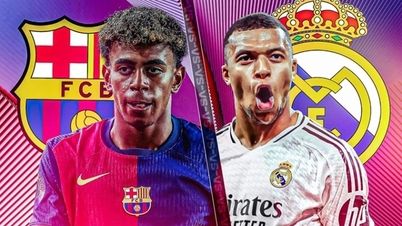



![[Photo] Prime Minister Pham Minh Chinh and United Nations Secretary-General Antonio Guterres attend the Press Conference of the Hanoi Convention Signing Ceremony](https://vphoto.vietnam.vn/thumb/1200x675/vietnam/resource/IMAGE/2025/10/25/1761391413866_conguoctt-jpg.webp)


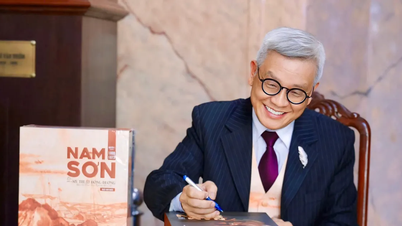







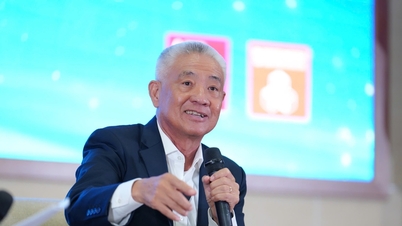























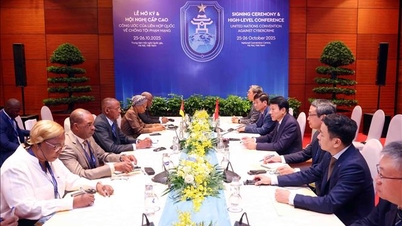

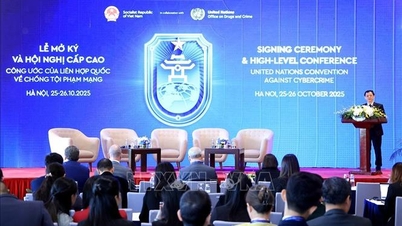


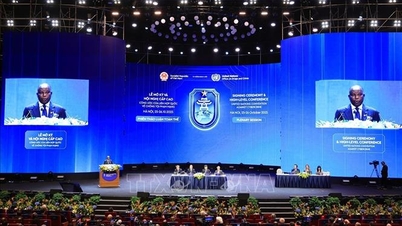
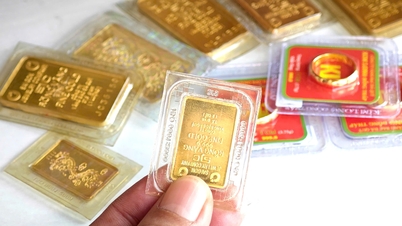

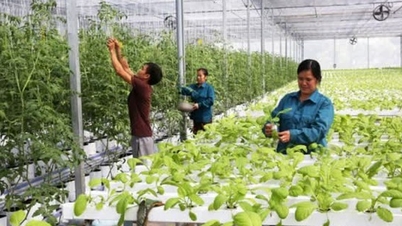




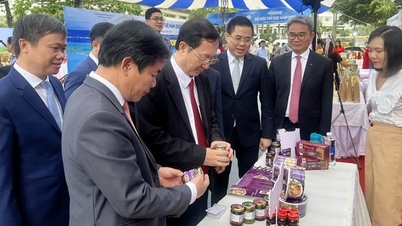
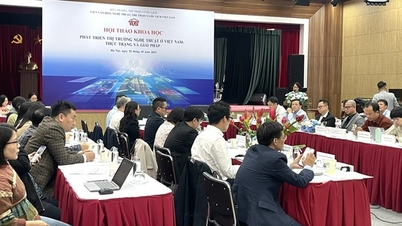

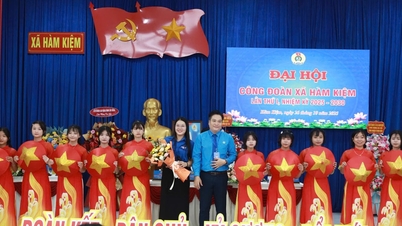



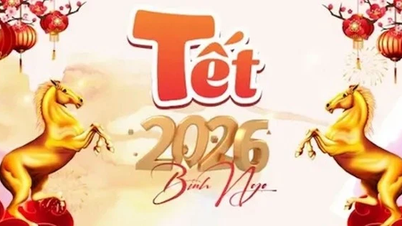

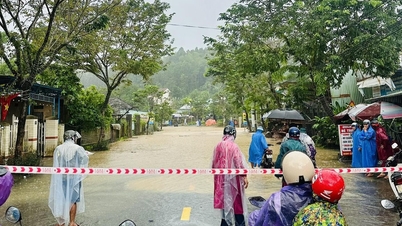

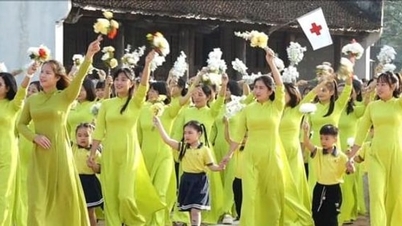















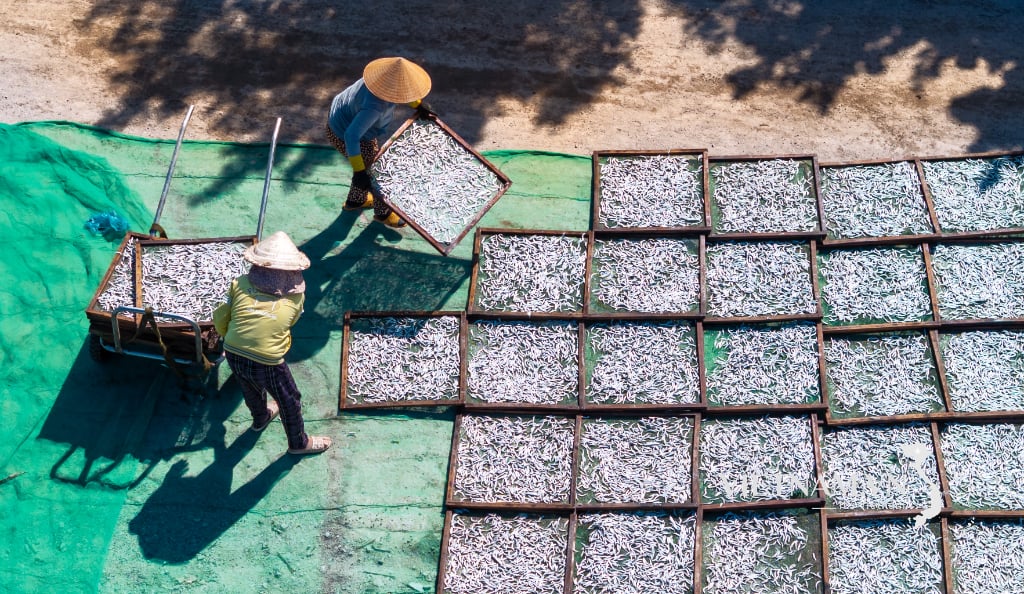
Comment (0)